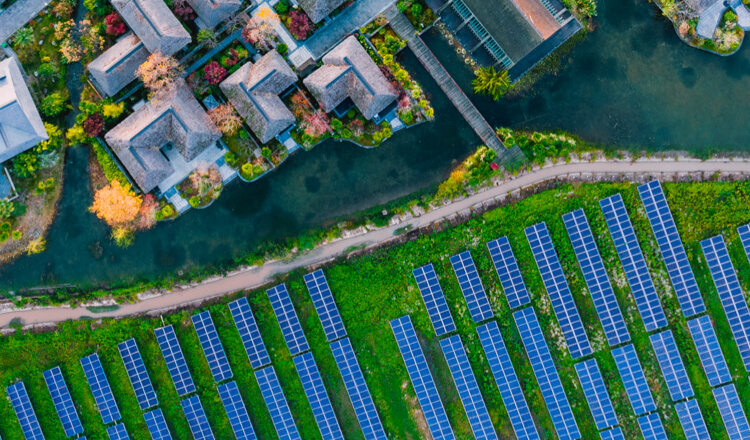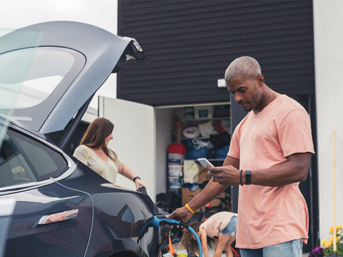Insights for investors
Our award-winning thought leadership – exploring such topics as the obstacles to building a new energy infrastructure – helps explain what’s next and inform investment decisions.

Through our existing products and services – advice, lending, capital raising, investments, research – we're helping clients build critical infrastructure, retrofit buildings, electrify fleets and implement programs designed to bring progress in local communities.


Our award-winning thought leadership – exploring such topics as the obstacles to building a new energy infrastructure – helps explain what’s next and inform investment decisions.

To make these ideas more accessible, we’ve created a personal finance guide as part of our Better Money Habits® program. Readers will learn ways to incorporate sustainability into their savings, spending and investing.

To support their personal choices, we offer solutions that enable consumers to transition to renewable energy products.

We employ sustainable practices throughout our operations. Working with global organizations, we’ve developed metrics and mobilized capital to contribute to progress for the people, communities and businesses we serve. And we’ve committed to net-zero greenhouse gas emissions in all our activities before 2050.
We’re playing a leading role in promoting ideas to help companies rethink their operations and in developing uniform standards to measure progress.
Our first-of-their kind Equality Progress Sustainability Bonds provide new options for fixed-income investors, as well as capital for businesses and communities.
We achieved carbon neutrality in our operations in 2019. Since then, we’ve set targets for lower emissions from our suppliers and from auto manufacturing, energy and power transmission companies that we finance.
First major bank to issue a green bond
Achieved carbon neutrality in our operations, one year ahead of schedule
Set a goal to mobilize $1.5 trillion by 2030 – $1 trillion for climate projects and $500 billion for social development
Set a goal to achieve net-zero greenhouse gas emissions before 2050 in our financing activities, operations and supply chain
Led the world in environmental, social and governance (ESG) debt issuance volume